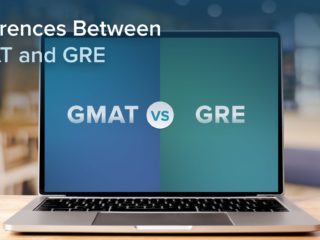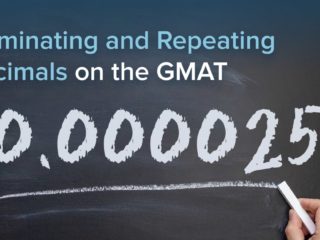Last Updated on May 10, 2023
GMAT OFFICIAL GUIDE DS
Solution:
We are given that x, y, and z are positive integers, and we need to determine whether x – y is odd. We must remember that if the difference of two integers is odd, then they must have opposite parity. That is, one number must be odd and the other must be even. Therefore, if we can determine x is odd and y is even OR x is even and y is odd, then x – y is odd.
Statement One Alone:
x = z^2
Using the information in statement one, x and z are either both even or both odd. For example, if z = 2, x = 4 or if z = 3, x = 9. However, without knowing anything about y, we cannot determine whether x – y is odd. Statement one alone is not sufficient to answer the question. We can eliminate answer choices A and D.
Statement Two Alone:
y = (z – 1)^2
Using the information in statement two we see when z is odd, y is even and when z is even, y is odd. For example, if z = 2, y = 1 or if z = 3, y = 4. However, without knowing anything about x, we cannot determine whether x – y is odd. Statement two alone is not sufficient to answer the question. We can eliminate answer choice B.
Statements One and Two Together:
From statements one and two, we see that when z is even, x is even and y is odd, and when z is odd, x is odd and y is even. Since x and y have opposite parity, we see that in either scenario, x – y will always be odd. Statements one and two together are sufficient to answer the question.
Alternate solution:
x – y = z^2 – (z – 1)^2
x – y = z^2 – (z^2 – 2z + 1)
x – y = z^2 – z^2 + 2z – 1
x – y = 2z – 1
We see that after simplifying, x – y is 2z – 1. Since 2z is always an even integer (regardless whether z is even or odd), 1 less than 2z will be always odd. So x – y is always odd.
Answer: C



